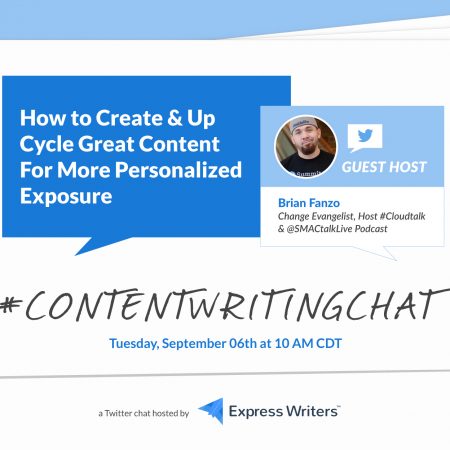
Did you miss #ContentWritingChat this week? Get caught up with our recap and learn all about how to...

Did you miss #ContentWritingChat this week? Get caught up with our recap and learn all about how to...
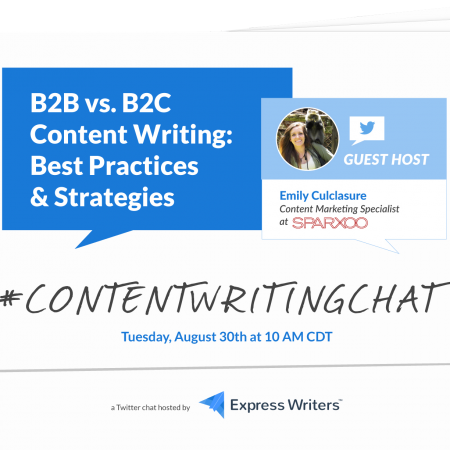
Did you miss #ContentWritingChat this week? You can catch up with all of the amazing tips shared during...

Did you miss #ContentWritingChat this week? Get caught up with our recap and learn all about data-driven content...

Let’s face it. With all the platforms available today, social media can sometimes feel a little overwhelming. After...

Did you miss #ContentWritingChat this week? There’s no need to worry! We’ve put together a recap of this...
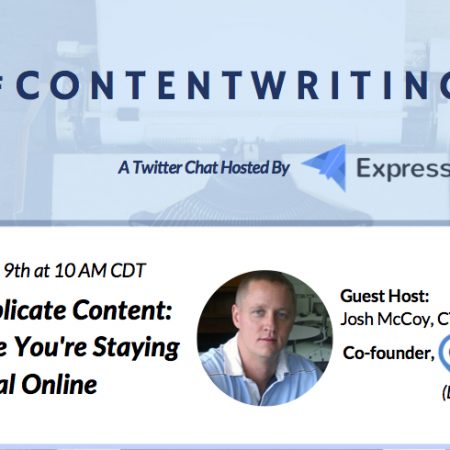
Did you miss #ContentWritingChat this week? If you did, you missed a pretty special chat! However, there’s no...
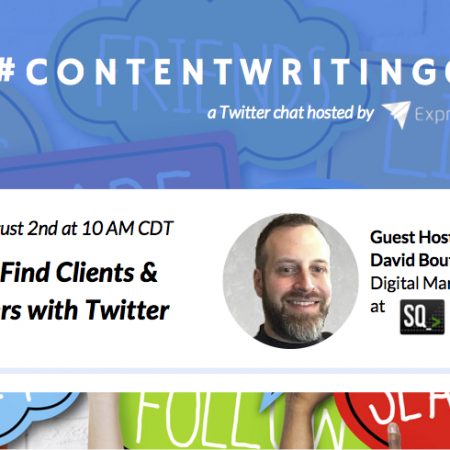
Did you miss #ContentWritingChat this week? Check out the recap and learn everything you need to know about...

With Snapchat continuing to grow in popularity, it should come as no surprise that many brands are joining...
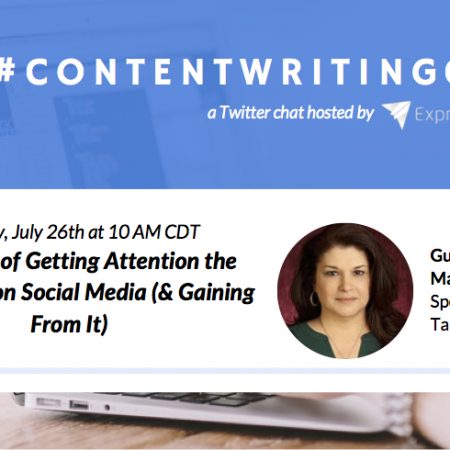
Did you miss #ContentWritingChat this week? Get caught up on our recap and learn how you can get...
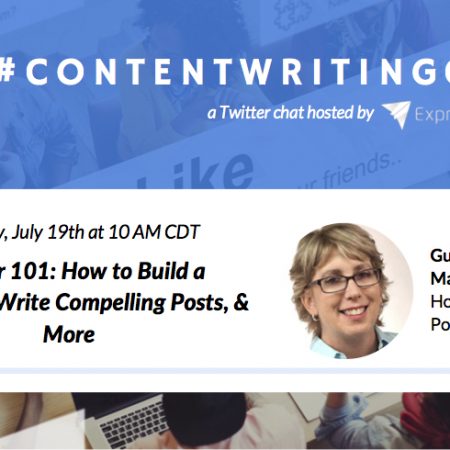
Did you miss #ContentWritingChat this week? Well, you sure missed one busy chat! This Tuesday, we shared a...
No HR needed to get access to the best writers, editors, QAs, and strategists. We are your all-in-one content writing service delivering publish-ready content.
Copyright – 2025 Express Writers -All rights reserved